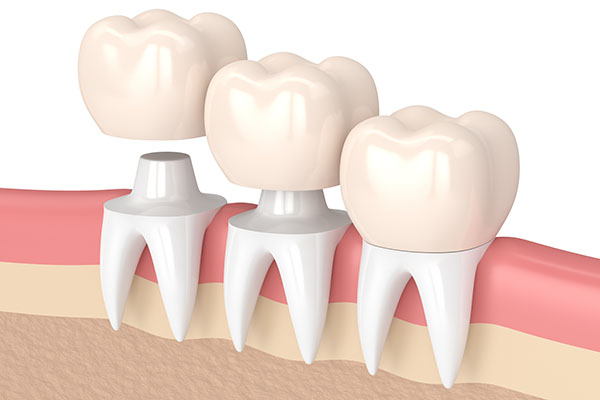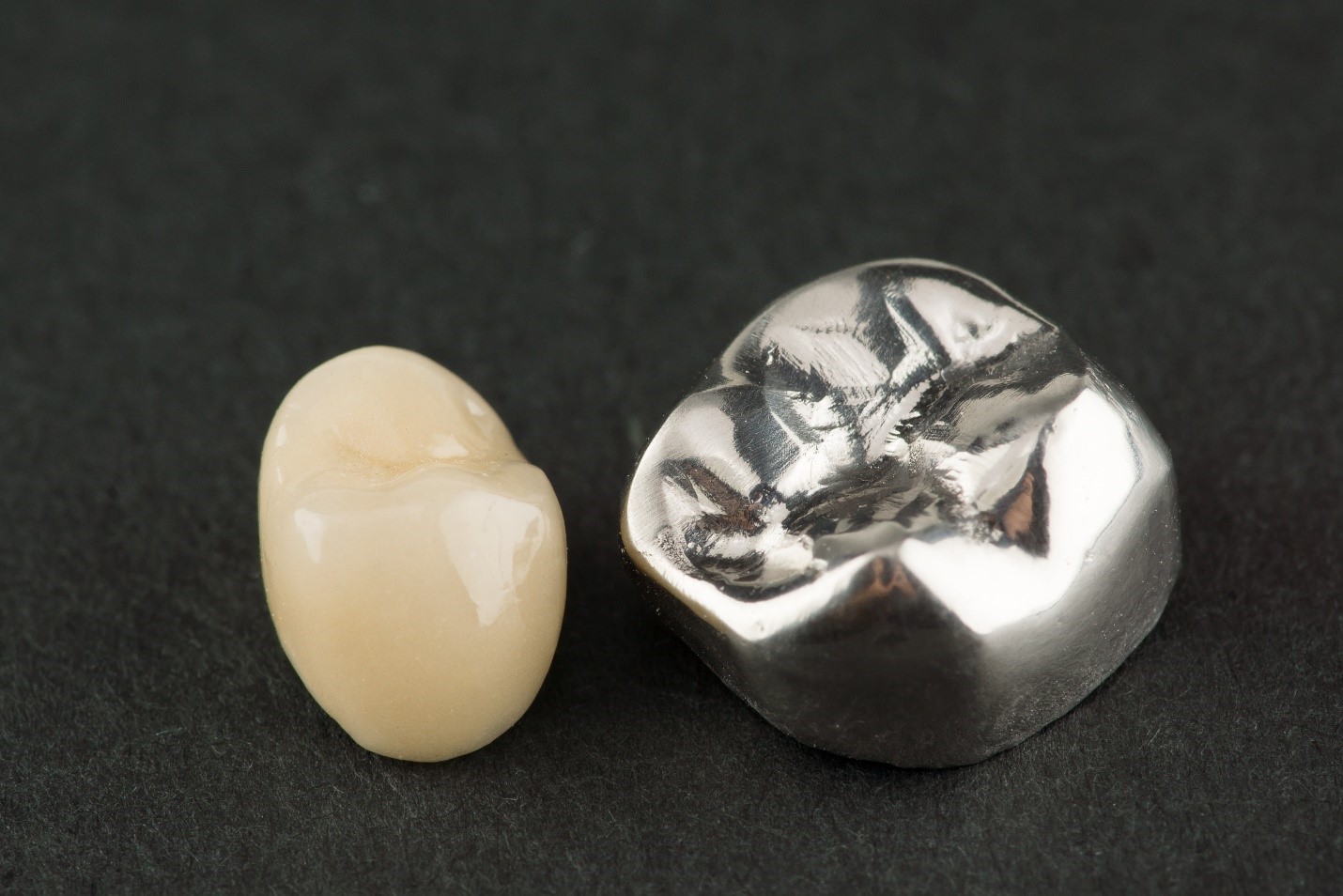A temporary crown is a provisional restoration used to cover a prepared tooth while a permanent crown is being fabricated. It serves several important functions, such as protecting the sensitive tooth structure, preserving its shape and size, and providing aesthetic appeal until the final crown is ready. As temporary crowns are not as durable as their permanent counterparts, they may occasionally become loose or dislodged. This article will guide you through the steps to resolve this issue and maintain optimal oral health.

Image: gledhilldental.com
Understanding the Causes of Loose Temporary Crowns
Various factors can contribute to a loose temporary crown:
-
Improperly Fitted Crown: The crown may not have been properly adjusted or cemented during its initial placement, causing gaps or edges that allow it to move.
-
Shifting Tooth: The prepared tooth may undergo slight movements over time, which can loosen the temporary crown.
-
Chewing on Hard Foods: Biting or chewing on hard or sticky foods, such as ice, nuts, or toffee, can exert excessive force on the crown and cause it to dislodge.
-
Grinding Teeth (Bruxism): Individuals who grind their teeth unconsciously may put extra stress on the temporary crown, leading to loosening or damage.
Steps to Fix a Loose Temporary Crown at Home
-
Stay Calm: Avoid panic and handle the situation with calmness. A loose temporary crown does not pose an immediate threat to your oral health.
-
Reinsert the Crown: Gently try to reposition the temporary crown back onto the prepared tooth. Apply gentle pressure with clean fingers or a cotton swab to push it into place.
-
Dental Adhesive: If reinserting the crown is successful, you may opt to use a small amount of over-the-counter dental adhesive to provide additional support. Ensure the crown is clean and dry before applying the adhesive.
-
Temporary Fixatives: You can also find temporary fixative kits at pharmacies. These kits typically include a small bottle of dental adhesive and a mixing tray. Follow the instructions carefully to prepare and apply the fixative.
-
Soft Diet: It is crucial to adopt a soft diet until you can see your dentist for a permanent solution. Avoid chewing on the side of your mouth with the loose crown.
When to Seek Professional Help
If the above measures do not resolve the issue or if you experience discomfort, it is important to seek professional dental assistance promptly. A loose temporary crown that is not properly addressed can lead to further complications, such as:
-
Damage to the Prepared Tooth: A persistent loose crown can irritate and damage the underlying tooth structure.
-
Infection: If bacteria accumulate beneath the crown, it can cause infection and pain.
-
Compromised Aesthetics: A loose crown can affect your smile’s appearance and make you feel self-conscious.

Image: www.avenidental.com
Professional Solutions for Loose Temporary Crowns
A dentist can permanently resolve a loose temporary crown using professional techniques:
-
Re-Cementing: The dentist will clean and dry the tooth and crown before re-cementing it with a stronger bonding agent.
-
Relining: If the crown has developed small gaps or edges, the dentist can add a thin layer of material to enhance its fit and stability.
-
Fabrication of New Temporary Crown: In some cases, the dentist may need to create a new temporary crown to ensure optimal fit and comfort.
Prevention Tips for Secure Temporary Crowns
To minimize the risk of a loose temporary crown, follow these preventive measures:
-
Adhere to a Soft Diet: Avoid chewing on excessively hard or chewy foods that can put stress on the crown.
-
Avoid Sticky Substances: Refrain from chewing on sticky candies or gums, as they can adhere to the crown and potentially dislodge it.
-
Maintain Good Oral Hygiene: Practice regular brushing and flossing to prevent bacteria accumulation around the crown and tooth.
-
Inform Your Dentist: Keep your dentist informed about any issues or discomfort experienced with the temporary crown promptly.
How To Fix A Temporary Crown
Conclusion
A loose temporary crown can be a cause for concern, but it can be effectively resolved with proper care. By following the steps outlined above, you can help maintain optimal oral health while awaiting your permanent crown. Remember that if a loose crown cannot be adequately reattached at home, seeking professional dental assistance is essential to prevent further complications and ensure long-term dental wellness. By working together with your dentist, you can safeguard your smile and prevent any future disruptions.